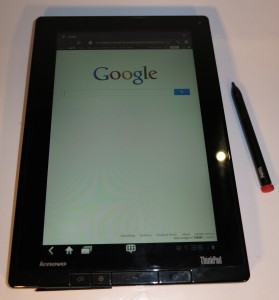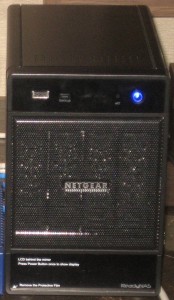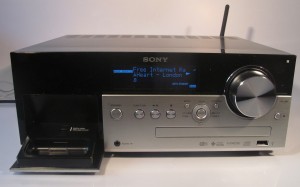Asus’s latest USB laptop expansion module satisfies current expectations
Articles
Asus Launches the New USB 3.0 HZ-1 Docking Station | Tom’s Hardware
My comments
I have covered the concept of expansion modules a.k.a docking stations that connect to laptops via USB 3.0, Thunderbolt or other similar connectivity as a must-have accessory. This is to allow people who use smaller or less-equipped laptops like Ultrabooks to use other equipment like optical drives or larger displays at their normal workspaces yet be able to maintain the portability of these machines. I cited this kind of device when I reviewed the Sony VAIO Z Series ultraportable which came with one of these modules that housed a slot-load Blu-Ray optical drive.
Lenovo issued one of these USB 3.0 modules as the ThinkPad USB 3.0 Dock. This unit had a Gigabit Ethernet connection as well as an external sound module and self-powered USB 3.0 hub for five devices.
Now ASUS have issued an improved USB 3.0 variant of a USB docking station that they previously released. The previous iteration had USB 2.0 connectivity therefore having access to 10/100 Ethernet, VGA and DVI video as well as an audio module and USB self-powered-hub connectivity for four devices. The video is supplied to the module using the DisplayLink video-over-USB technology to transfer the video to the VGA and DVI ports.
Now this improved version satisfies the current expectations by being equipped with a Gigabit Ethernet port as well as an HDMI port for current displays. This has the audio module and the USB 3.0 hub but uses the latest iteration of the DisplayLink technology to exploit the high throughput of USB 3.0 for high-resolution displays and stereo or surround-sound audio via HDMI. It is infact the first USB 3.0 docking station or expansion module that I have heard of that implements this DisplayLink setup.
Personally, I would like to see this device and the previous version equipped with an SP/DIF optical output using the same 3.5mm optical-electrical jack that Sony used with some of their CD Walkmans in the mid-90s to facilitate digital CD-MiniDisc recording with their MD Walkmans. Here this connection could be used provide a high-quality PCM stereo or bitstream surround digital signal to amplifiers that have built-in digital-analogue conversion circuitry.
As long as these are kept to common standards, it could then be feasible to supply the expansion modules to work with extra peripherals at one’s main work locations.



